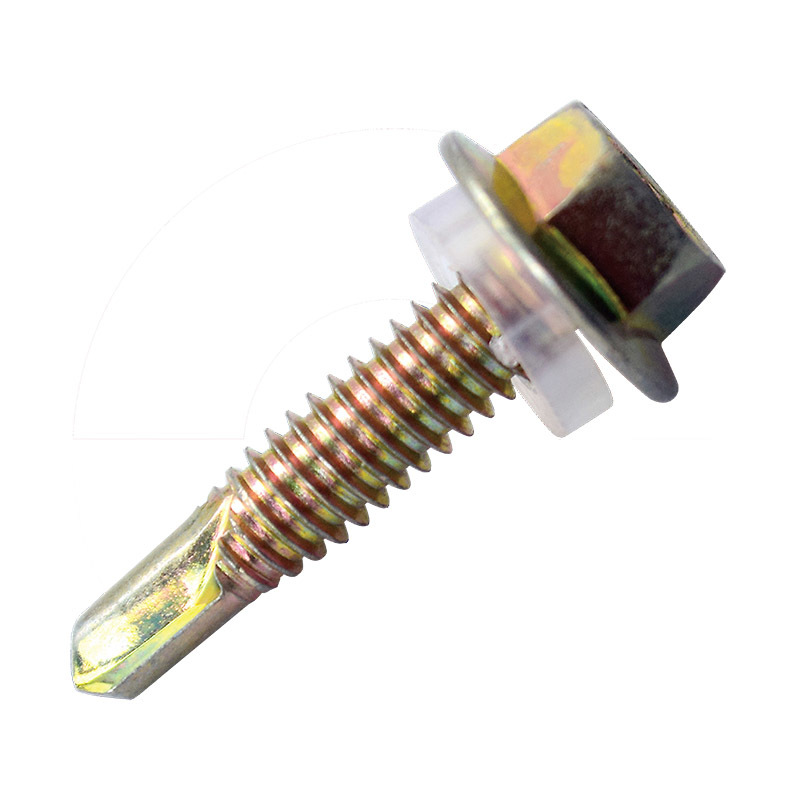Latest News
What is the difference between Self Drilling Screws With Wings and self-tapping screws
Published:
2023/04/10
Self Drilling Screws With Wings can be identified by the screw's drill-shaped point and are designed for a variety of applications such as fastening metal to metal and metal to wood. Self Drilling Screws With Wings do not require pilot holes, which reduces installation time and cost, and reduces the need for additional drill bits. This extra functionality and cost-saving feature makes Self Drilling Screws With Wings the clear choice for metal construction. Drilling points are numbered 1 to 5, and as the numbered point increases, the amount of steel that can be drilled also increases. Typically, Self Drilling Screws With Wings are used for light rail applications, but the #5 drill point can drill through and hold 1/2 of steel.

Self-tapping screws are screws that are capable of tapping threads into the material. Self-tapping screws can be used in a variety of materials, including wood, metal, and brick. These screws cannot drill through metal and require a pilot hole to be pre-drilled prior to installation. Pilot holes are created by using a drill bit that is slightly smaller than the screw, and the screw's threads strike the metal or wood as the screw is installed. This tapping action holds the material together. Self-tapping screws can have many different types of points that aid in tapping threads into various substrates.
Self Drilling Screws With Wings do not require pilot holes, but can also be self-drilling. Self-tapping screws self-tapping threads, but cannot drill through metal and require a pilot hole. These screws are not interchangeable and mixing the two could cause a lot of trouble or cause failures in the field.
Previous:
Previous:
CONTACT US
Tel: +86-319-6581195
Fax: +86-319-6535088
Phone:+86 15097968589
E-mail: tf@hbtfjs.com
ADD.: Gongzi Village Industrial Zone, Longyan County, Hebei Province















